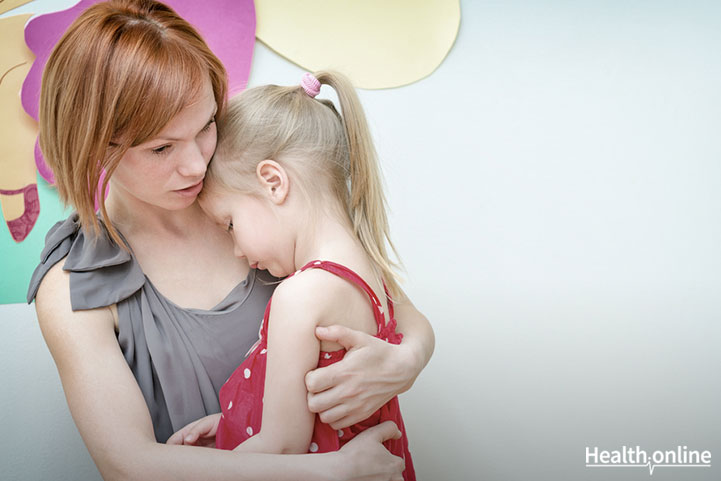
Teach Your Children How to Express Their Feelings
Emotions. They’re challenging. You know it’s not easy to control your feelings. Someone cuts you off while you’re driving to work, you honk, scream and lose your cool. And you’re an adult!
Now imagine how difficult controlling those powerful emotions are for your child. Even though it’s not always easy to appropriately control and express feelings, your child can do it!
Read on to find out what you need to know about teaching your child about emotions.
Put Names to Feelings
No one is born knowing the words “sad”, “angry”, “mad” or “happy”. These are words that we learn over time. The first step to controlling emotions is naming them.
Strong feelings can quickly frustrate and confuse a child, especially when she doesn’t know what the emotion is. Add on that fact that she doesn’t have the right words to express what’s going on in her head, and you’ve got a recipe for disaster. Or at least, a recipe for a major tantrum.
When you see your child grasping for words, give them to her. For example, your toddler is playing in the sandbox with a few other children. One of them grabs your tot’s shovel, sending her into tears. Major tears.
Chances are your child is sad and mad. She’s feeling the emotions, but she doesn’t have the words to identify and express them. So she throws sand at the offending child. What can you do when a scene like this plays out?
- Name the feeling for your child.
- Offer an explanation that identifies why she’s feeling the emotion – “I know you were having fun with your shovel. And now you are sad because Tommy took it from you” or, “Are you mad because Tommy took your favorite shovel?”
- Ask your child to repeat the emotion’s name back to you. The more she labels her feelings, the better she’ll get at expressing them with her words, and not her fists.
Act as a Role Model
You’re being watched, and very closely. That’s right, your child is constantly watching what you’re doing. So you have the ideal opportunity to become a role model for her.
Sometimes words just won’t do the trick. You can tell your child to say she’s angry instead of screaming it zillion times. But will she listen? Maybe. Or she may tune you out.
Instead of always telling, show your child how to handle strong emotions. Catch yourself in an emotional exchange, and make a point of slowing down and modeling to your child. Afterward, go back and talk about what happened. Ask questions such as:
- What do you think made mom/dad mad?
- What did I do when I got mad?
- Do you remember what words I used?
- Can you show me what my face looked like when I got mad?
If your child isn’t sure how to answer your questions, help her out. Name your feelings and explain how you handled them. “I got mad when the dryer broke. I wanted to yell, but I took a deep breath and counted to five. Then I tried to solve the problem.”
Draw It Out
You’ve given your child the vocabulary she needs to express her emotions. Now she’s on the right path! But using her words is still a challenge. That’s okay. It’s easy for young children to become so overwhelmed and flustered that they completely forget those handy new vocab words they’ve just learned.
When this happens, don’t give up. Instead, let your child’s hands do the talking. Give her paper and crayons to draw what’s going on inside. This doesn’t necessarily mean that she needs to recreate the scene with perfect little portraits and an artistically amazing backdrop. She might just want to scribble with colors that fit her feelings.
Teaching your child how to express her feelings isn’t always easy. Then again, nothing about parenting is. But that doesn’t mean you’re not up to the task. Start slowly, and don’t expect your child to gain emotional control overnight – especially if she’s under preschool age. And above all, keep it simple. Don’t stress. Before you know it, you’ll see the results!




